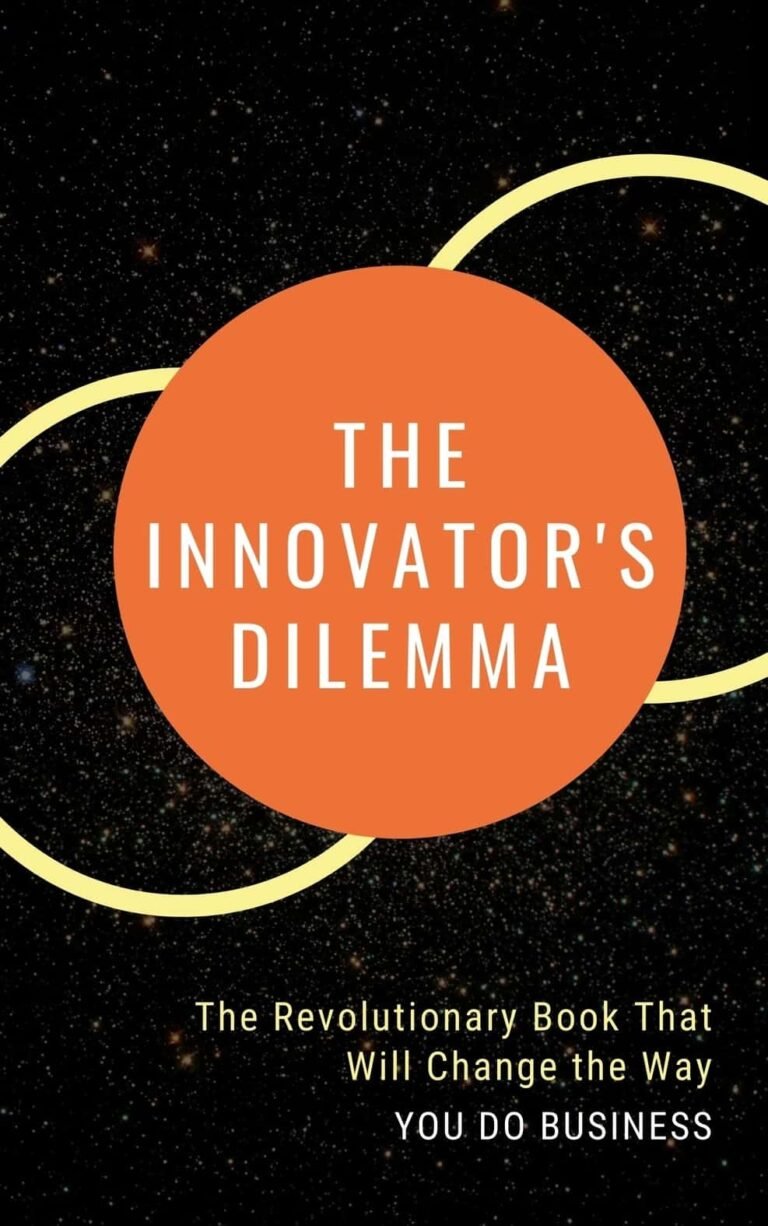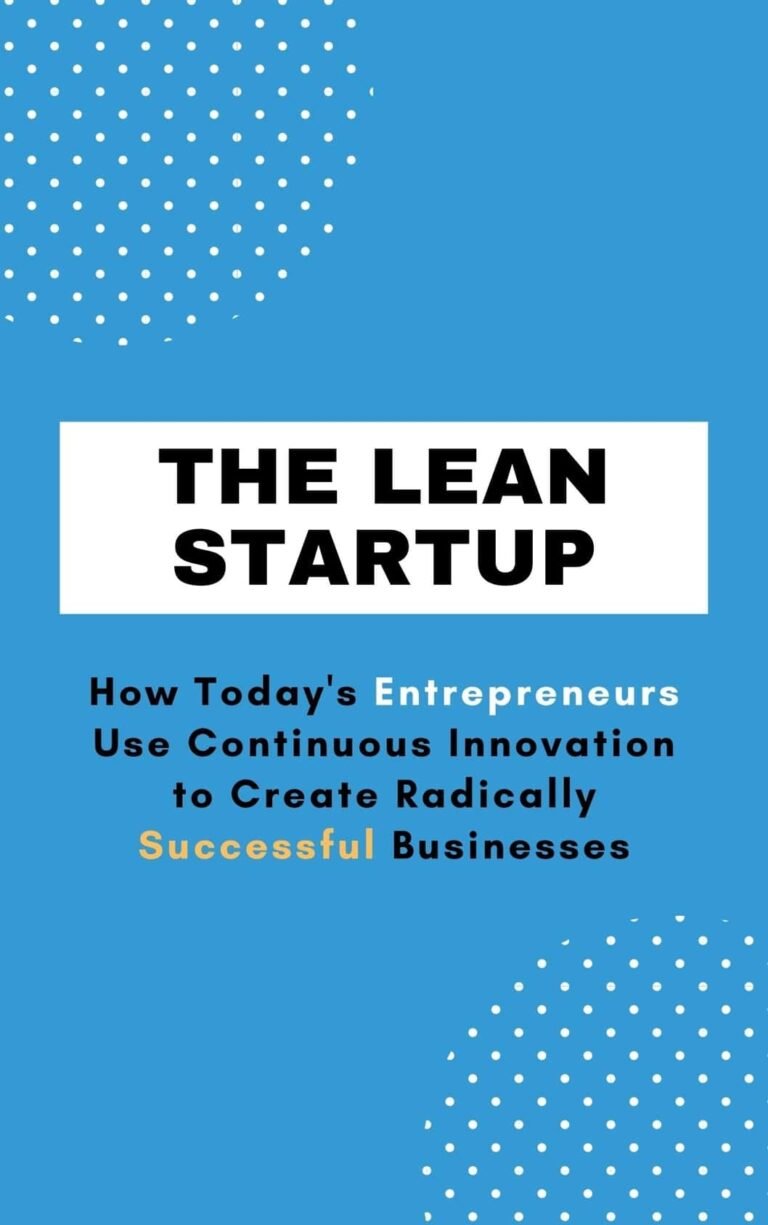Purple Cow
Transform Your Business by Being Remarkable
Seth Godin
Rating: 7.6
“Seth Godin says that the key to success is to find a way to stand out—to be the purple cow in a field of monochrome Holsteins. Godin himself may be the best example of how this theory works: The marketing expert is a demigod on the Web, bestselling author, a highly sought-after lecturer, successful entrepreneur, respected pundit, and high-profile blogger. He is uniquely respected for his understanding of the Internet, and his essays and opinions are widely read and quoted online and off.”
-Forbes.com
As recently as the late-20th century, consumers had more time to shop and fewer products to consider. Today many American consumers work two jobs or spend far longer hours working than in the past. Godin explains that choices bombard them although they have little time to make informed decisions. Yet, if today’s consumers know anything, they know ads. They are advertising and marketing connoisseurs – savvy and cynical. This level of consumer knowledge and an overload of daily sales messages raise wholly new headaches for marketers. Godin addresses those headaches based on his understanding that today’s consumers simply ignore most messages. They’ve tuned out. They’re also spoiled; they want the products and services they buy to meet all of its tangible claims and to satisfy their intangible cravings. An effective purple cow comes with a sales narrative that both invents and satisfies a whole new set of intangible desires.
Contents
The “TV–Industrial Complex”
Long ago, President Dwight Eisenhower warned of the coming ascendance of the “military-industrial complex,” a potent union between the US armed forces and those who manufacture equipment and sold it to the military. Godin, an undeniable genius at phrase making, describes the precipitous decline of the obsolete TV–industrial complex, which dominated advertising and marketing for 50 years. He explains, “The reason we need to worry about it is that it’s dying…The death of the complex is responsible for much of the turmoil at our companies today.” Here, Godin delivers value to an older demographic: people raised on the TV–industrial complex who may not realize that this model from their youth no longer functions. Under the old paradigm, manufacturers would choose a market and buy or lease a factory to make a product, purchase a TV advertising campaign on all three of the broadcast networks that everyone in the US watched, sell their products, buy more ads, and repeat the cycle. One linchpin of this approach was building and maintaining enormous brands, like Cover Girl or Crest.
“Post–TV” Brand Distinctions
Marketing no longer drives consumer sales. Your first responsibility to your company is to “create remarkable products that the right people seek out.” Successful firms bring products to market based on innovation. These offerings have short product cycles and can be niche marketed to influential early adopters. You probably knew that already or have read it in 10 other business books, but Godin was one of the first with the news, and he delivers it directly, simply and with force. He cites the usual success suspects – “Starbucks…Linux, JetBlue, Outback Steakhouse,” and “Krispy Kreme” – without noting that their very success dominates the niches they occupy. Readers impressed by these examples must seek their fortunes in other corners.
Companies launched most of these offerings after TV’s hegemony diminished. These products share a crucial feature: Each one is distinctive, and consumers understand its distinction. That includes Starbucks’s focus on coffee, JetBlue’s on price, and so on. Each offering may or may not be superior to its competitors in its claimed area of distinction, but each has convinced consumers that it is. This may be Godin’s most helpful insight: Make a product that can back up its claims of distinction, and make sure consumers agree.
Godin offers additional effective examples and cites their differentiating edge. He includes Bloomberg’s financial terminals; L.L. Bean’s customer service; Best Buy’s astonishingly successful revamping, which increased annual sales from $250 million to $23 billion; and Dr. Bronner’s, which never advertises its soaps. Godin attributes its success to “thousands of words inscribed all around the bottle,” but here he misses the point and reveals the superficiality of his thinking. Even after Dr. Bronner’s considerably reduced the amount of type on its soap package, it sells well because it’s an unchangingly reliable product with a staunchly loyal customer base. That is just what Godin urges you to create, but he doesn’t note that this trait dominates another brand he cites as groundbreaking: Sears. This seems to be a stretch, since he admits that Target outperforms Sears, where the dominant offering is Craftsman tools. Because Craftsman has endured for decades – during and after TV’s powerful reign – Godin seems to contradict himself.
Eight More Ways to Bring the Cow to Work
Godin does offer practical advice, though he repeats that more counsel awaits at his website. He suggests eight approaches for changing your product line to appeal to a specialty or niche customer base. He says to find a small corner of the market and create an offering calibrated precisely for it. Don’t worry about manufacturing; outsourcing is cheap, though Godin urges you to outsource to someone who might contribute to your offering’s style. Talk with your loyal clients; learn what they want and give it to them. Study market leaders outside your industry. See what lessons you can apply to your product. Break the habits of your industry. Try a new approach, product or material. Provide top quality, which your buyers will appreciate all the more if you create a convincing “narrative” around your product, your company and its values.
Gaudy Common Sense
Godin offers a unique combination of undeniable success, enthusiasm, common sense and cheerleading – often for himself. He is an inspirational writer. One purpose of his rah-rah prose is to make you believe you can achieve your dreams. He effectively delivers that message. Godin offers his wisdom and his clichés in perfect sound bites. He never takes longer to explain an idea than your concentration lasts. He writes with the necessary brisk pace for the Internet age. You can read Purple Cow in brief nuggets on the subway, the elevator or the stationary bicycle.
These are not small accomplishments. They testify to the roots of Godin’s success. His energy is admirable. He is a shameless self-promoter, as he urges you to be, and he writes with a directness that inspires reader loyalty and affection. If he’s a bit full of himself, that egomania translates to confidence on the page. Reading Godin raises irresistible contradictions: He is often accurate, perceptive, insightful and helpful, but he’s just as often mired in yesterday’s news and profoundly annoying. However, boring is he not. If his self-enthusiasm doesn’t put you off, you will find numerous worthy tidbits to apply to your marketing, business and life, whatever your field.







2 Comments